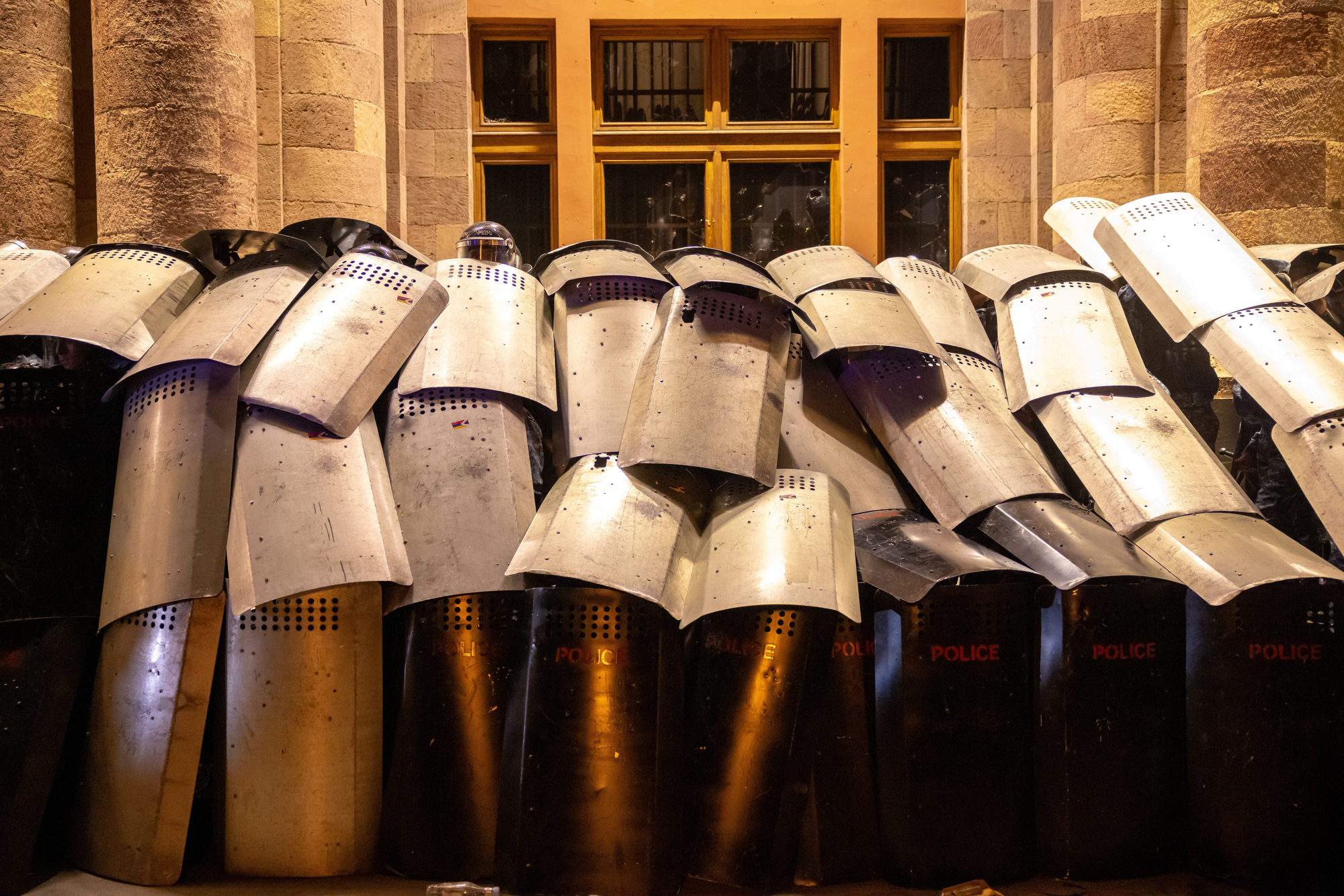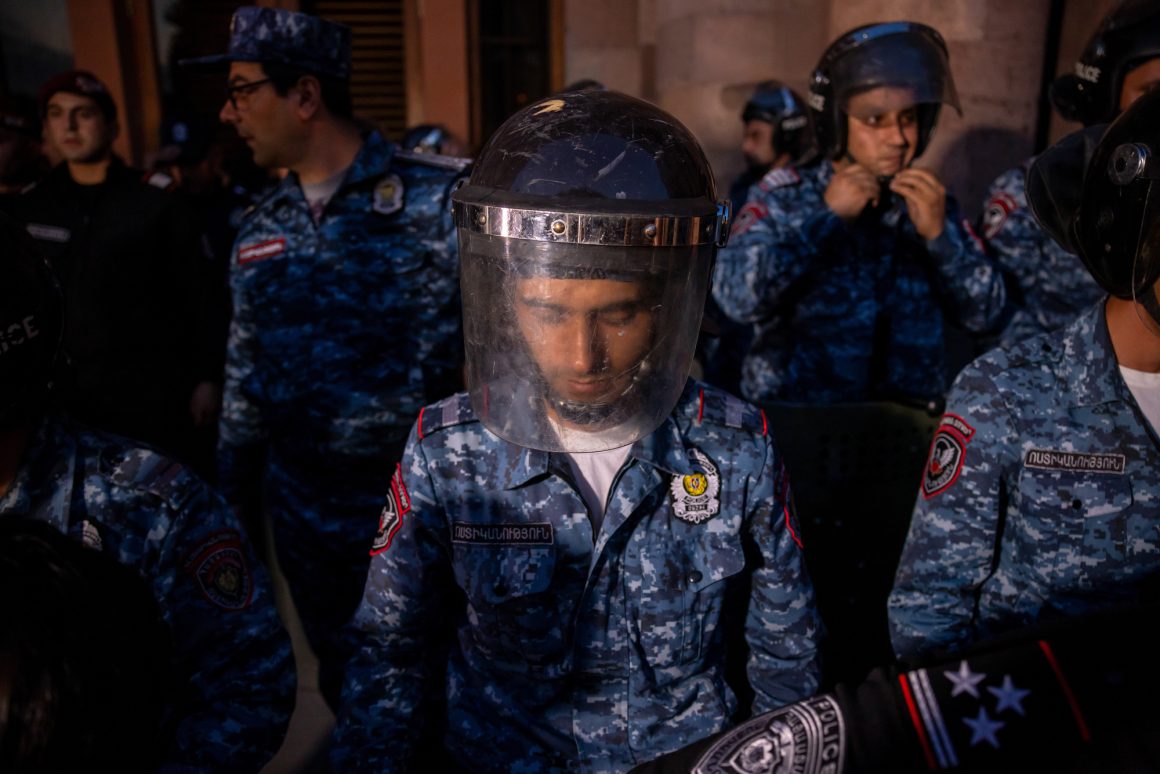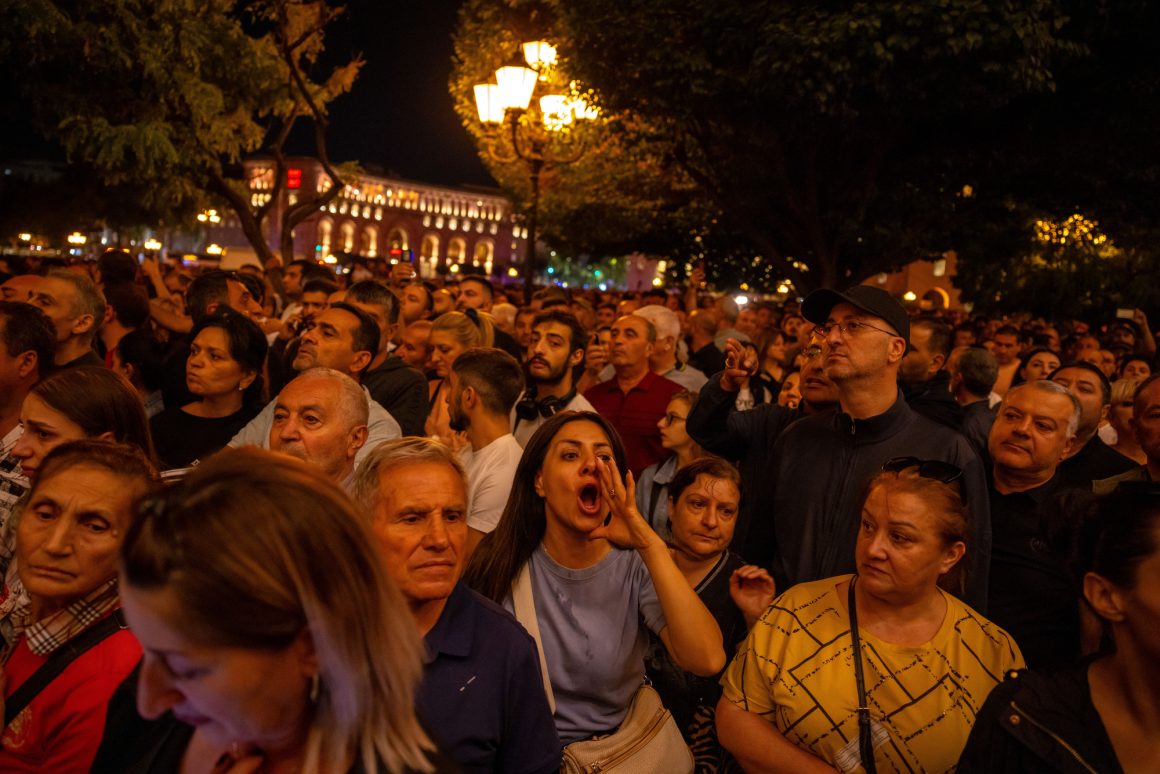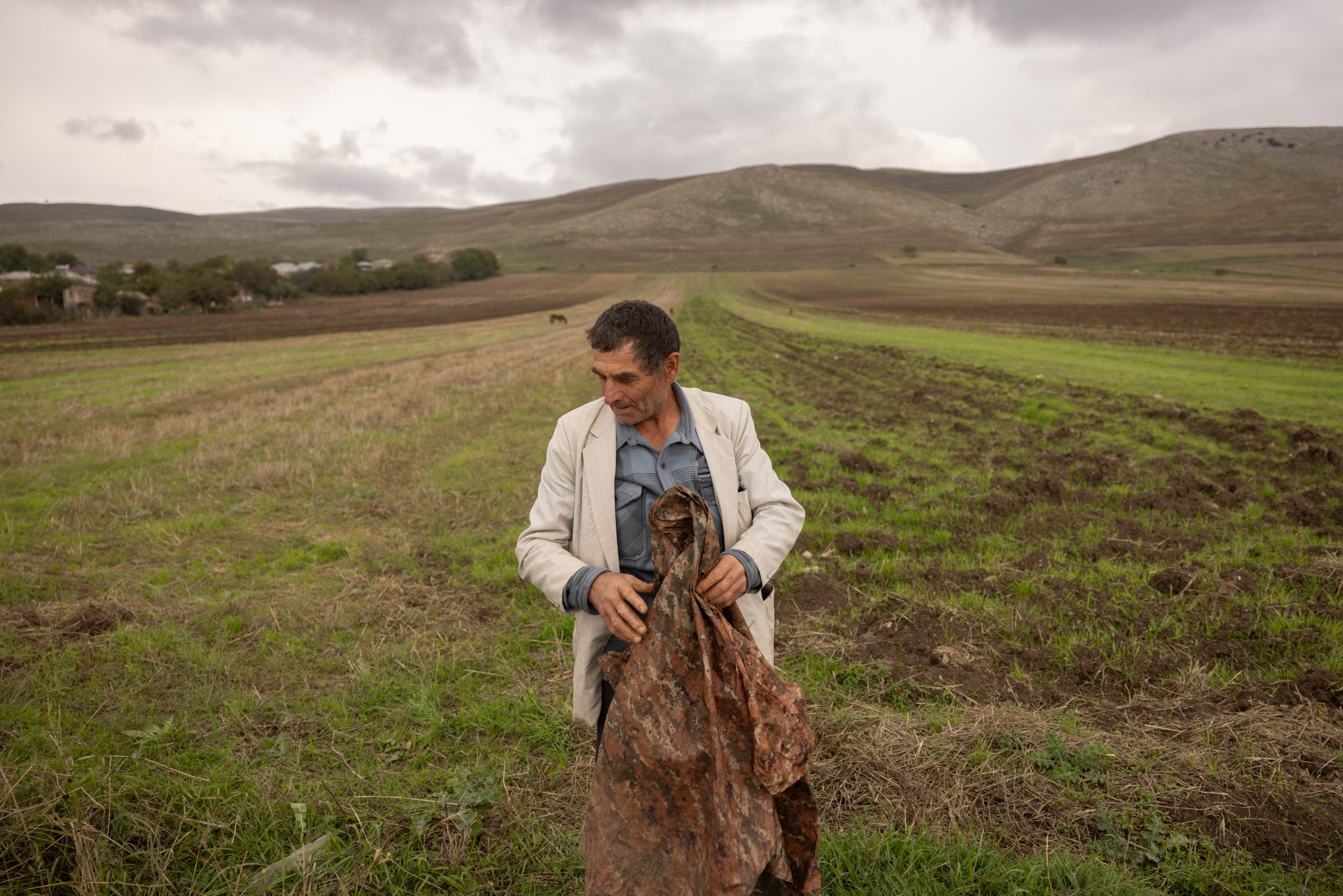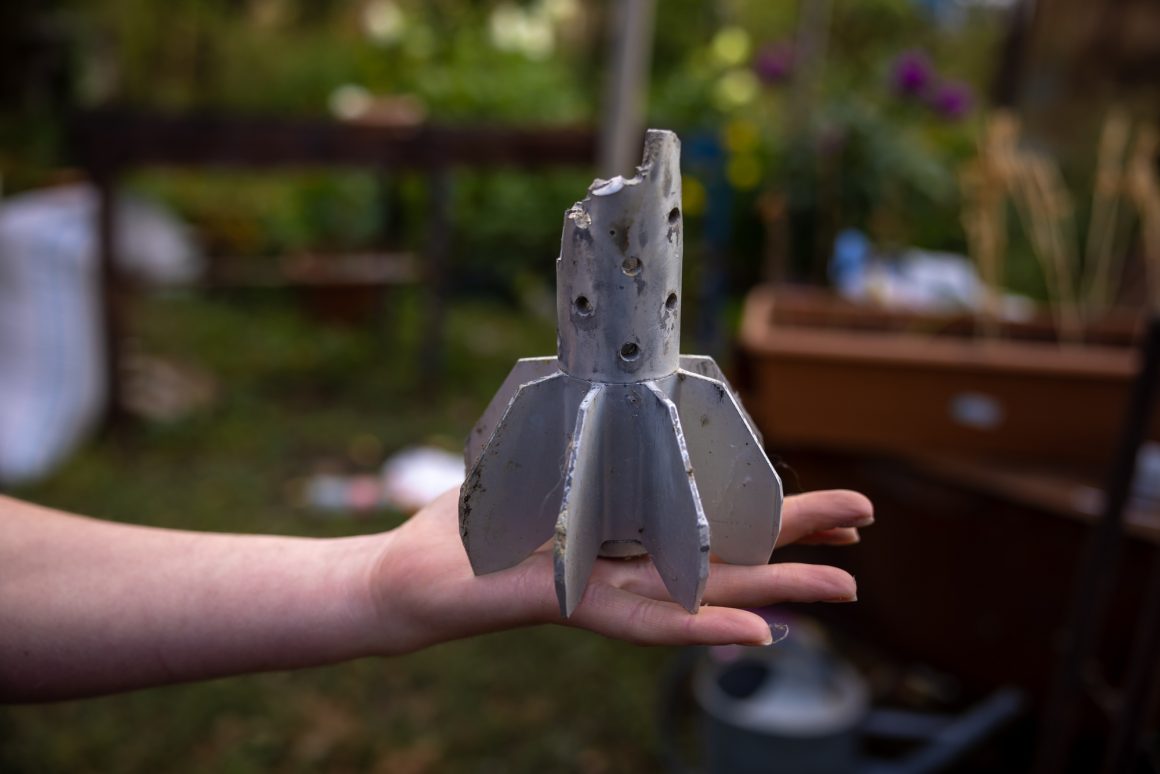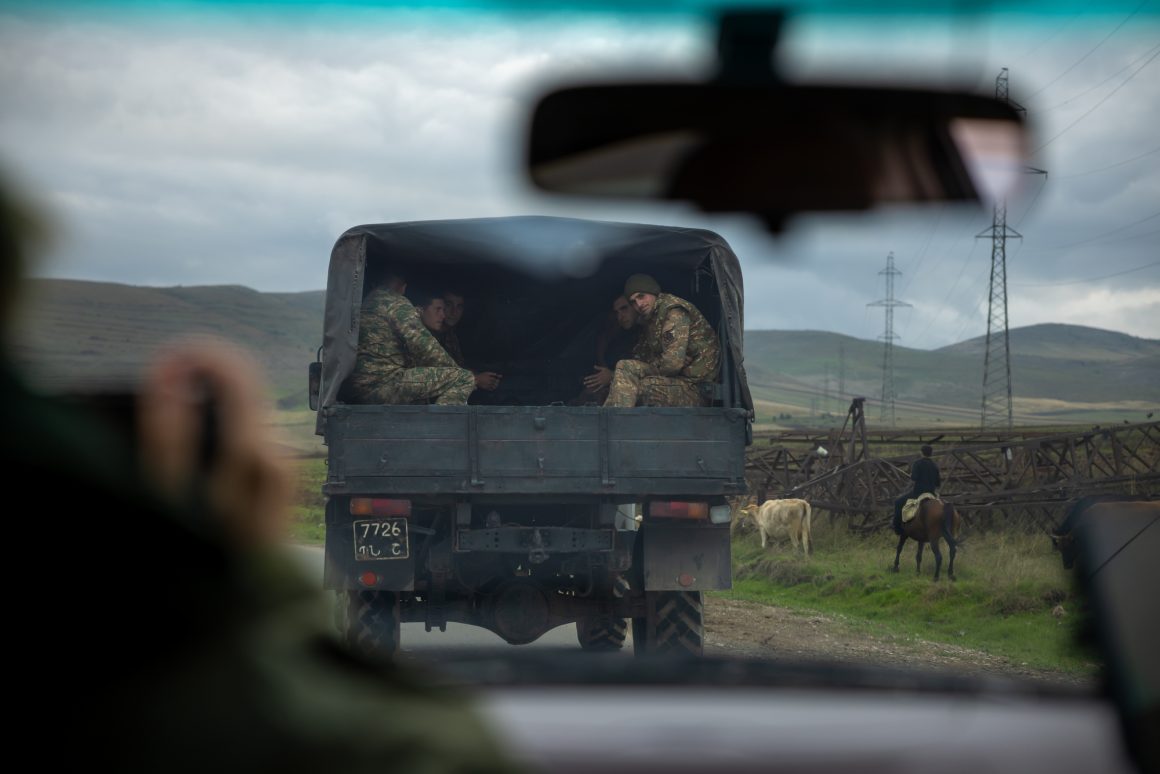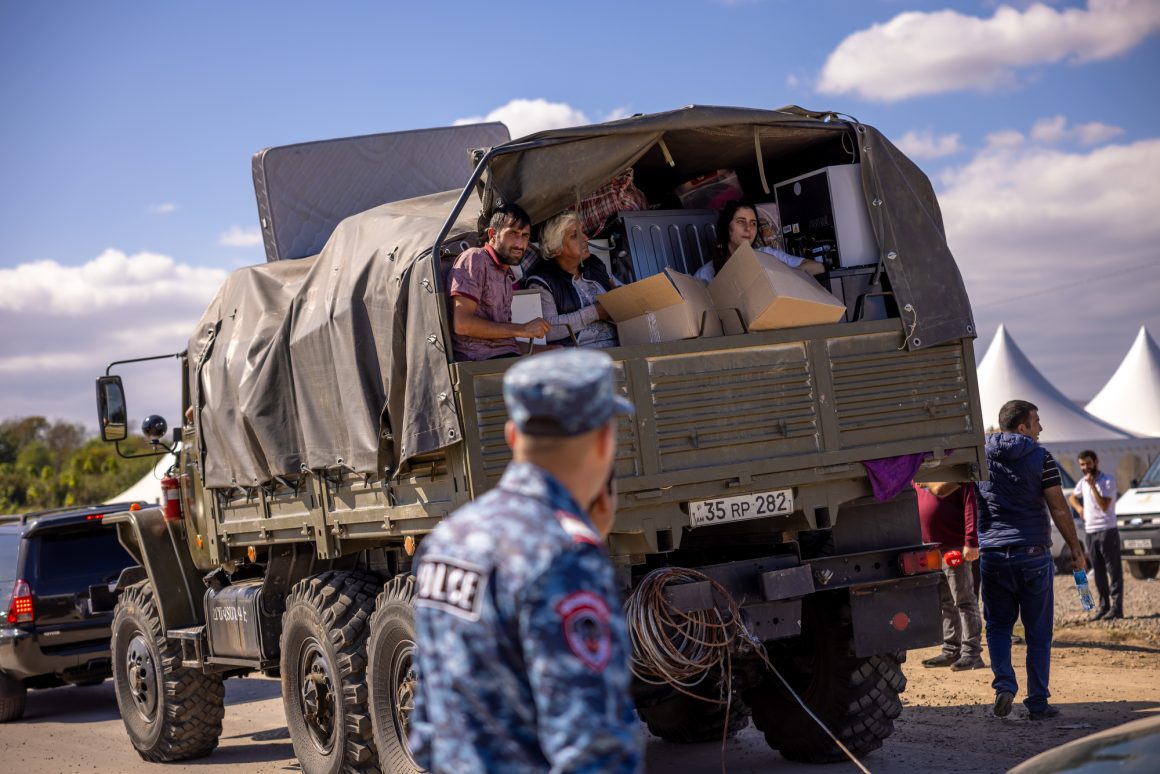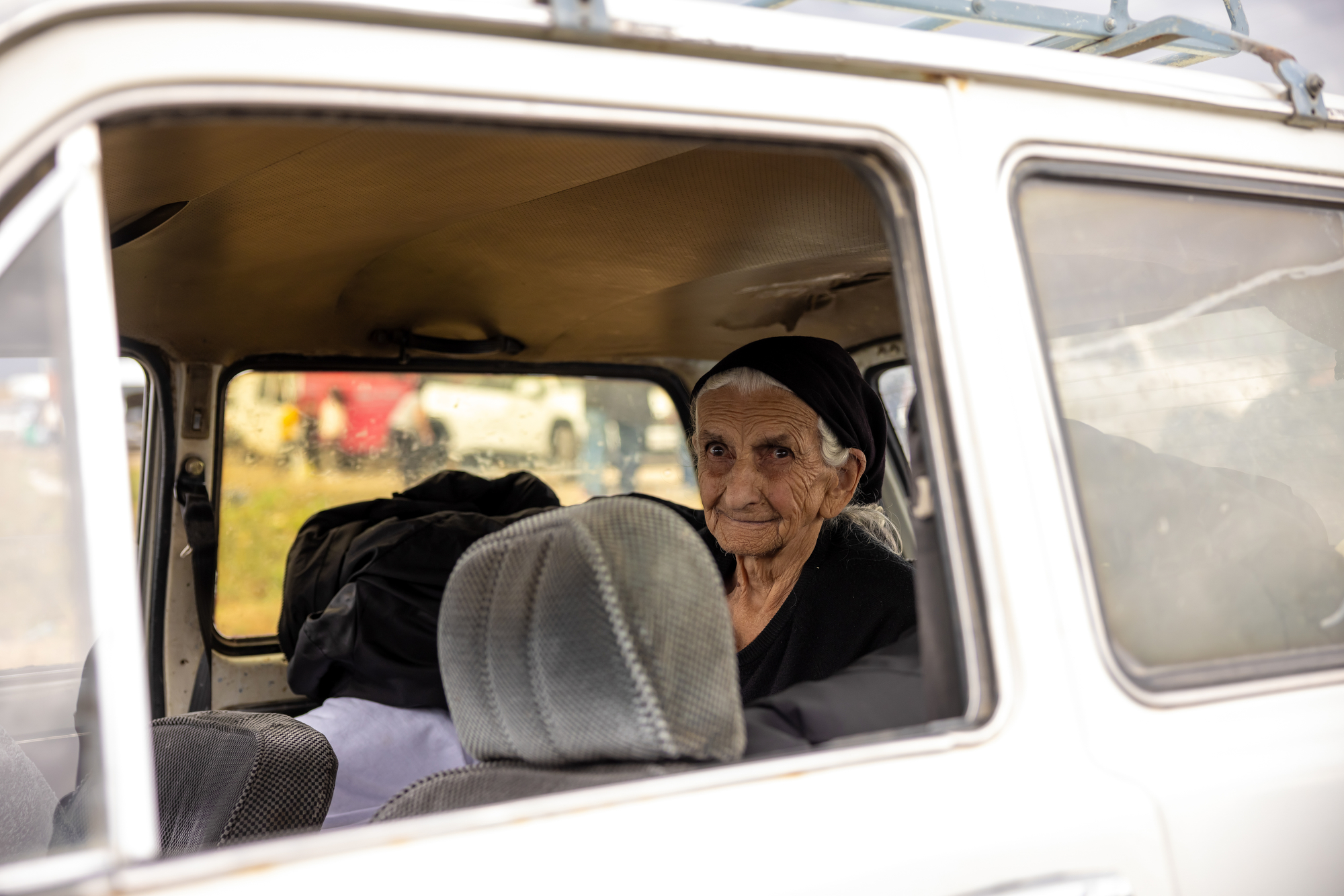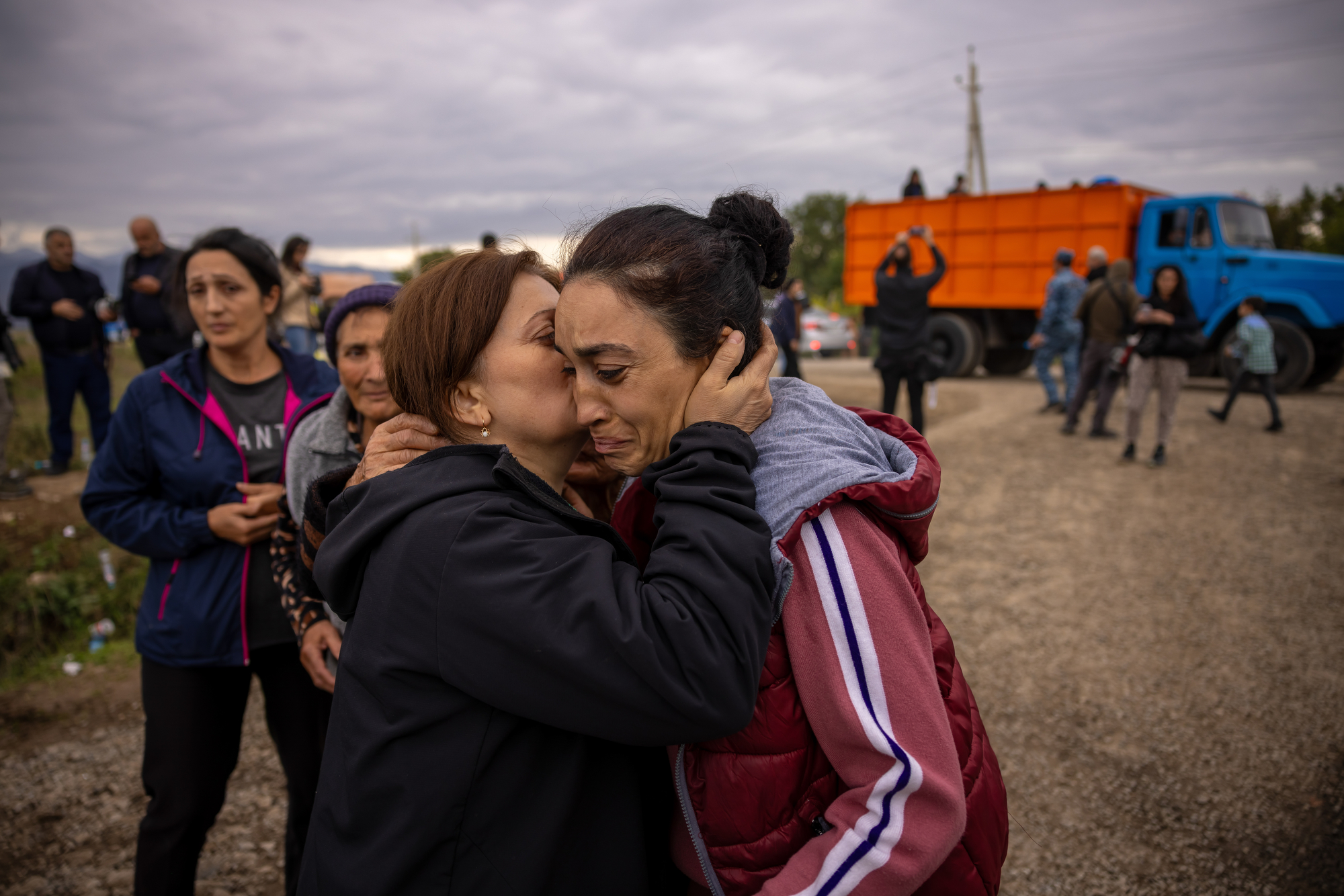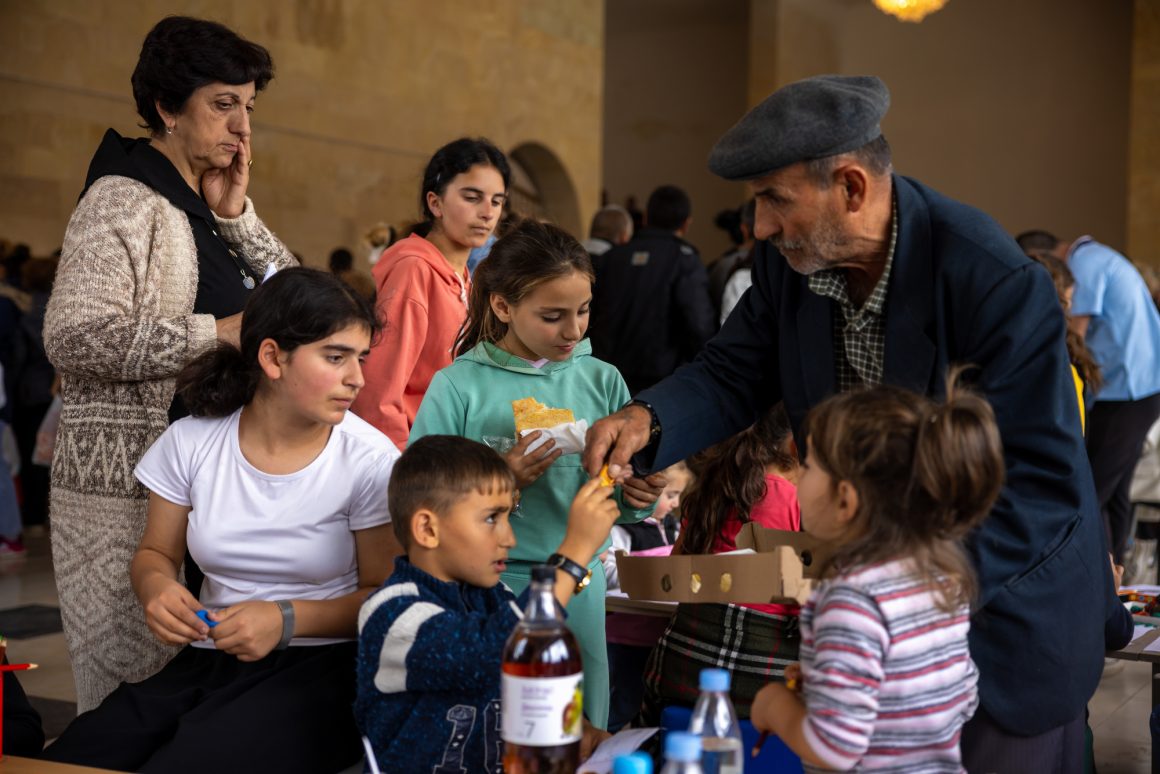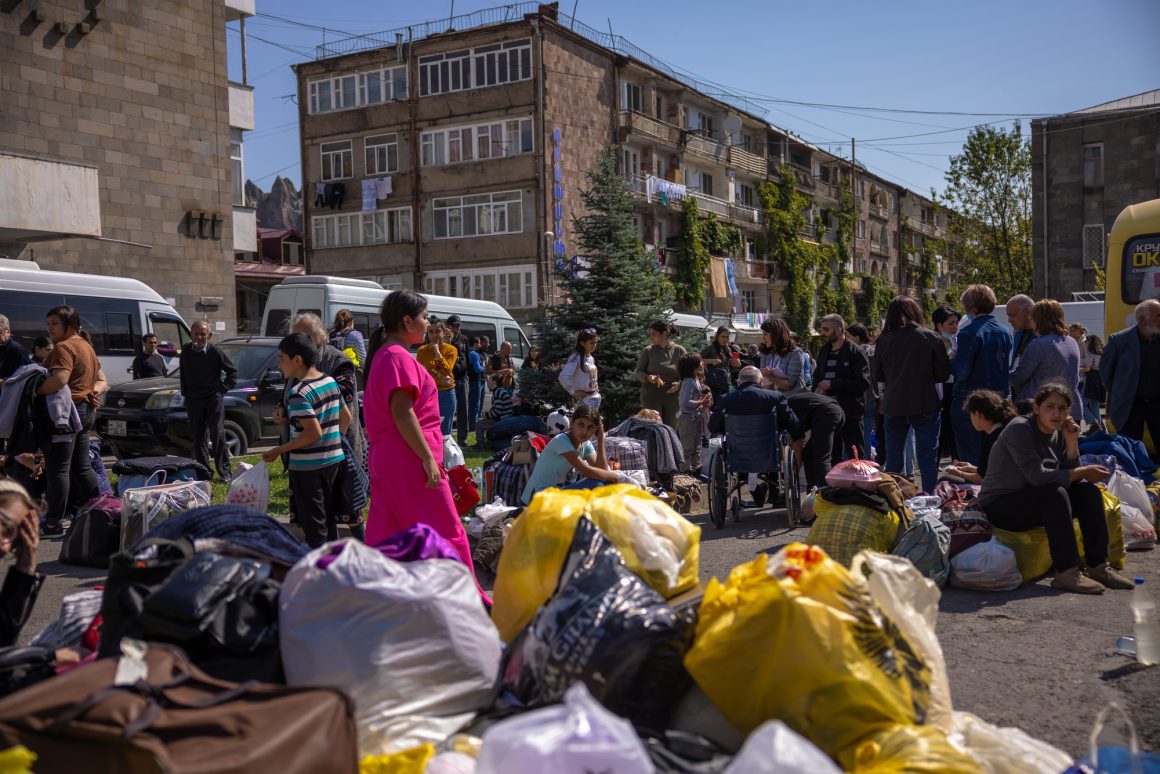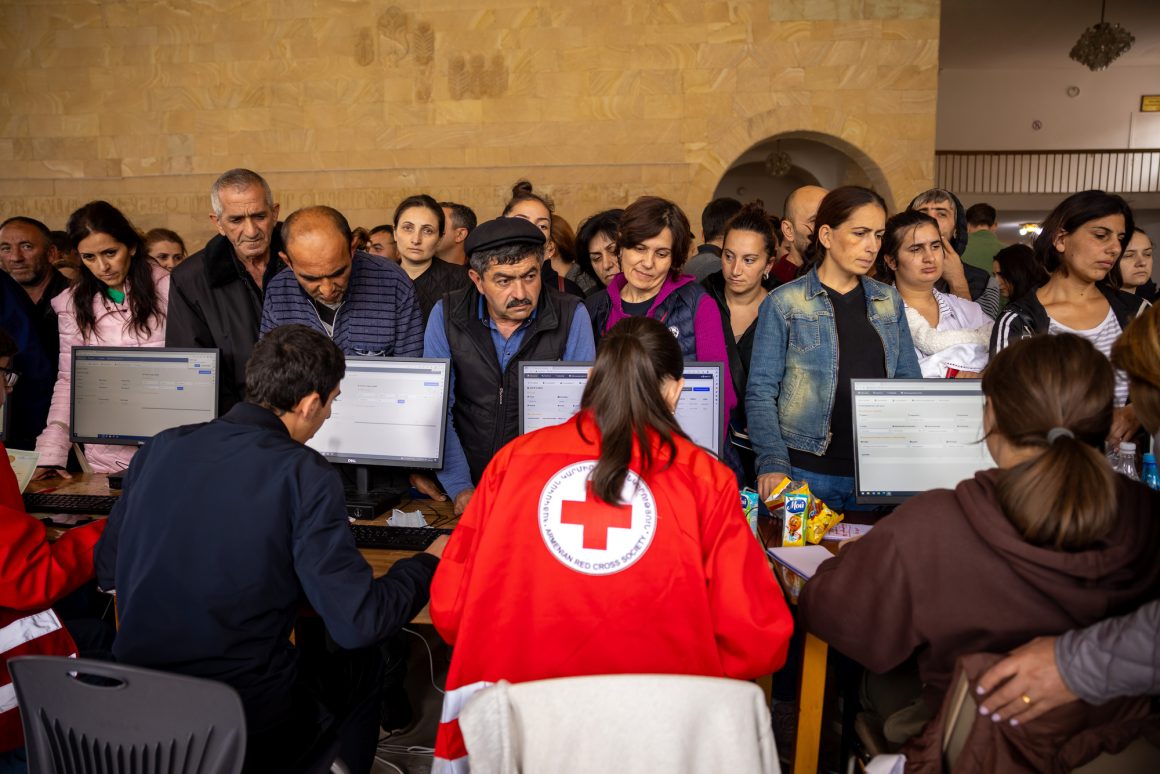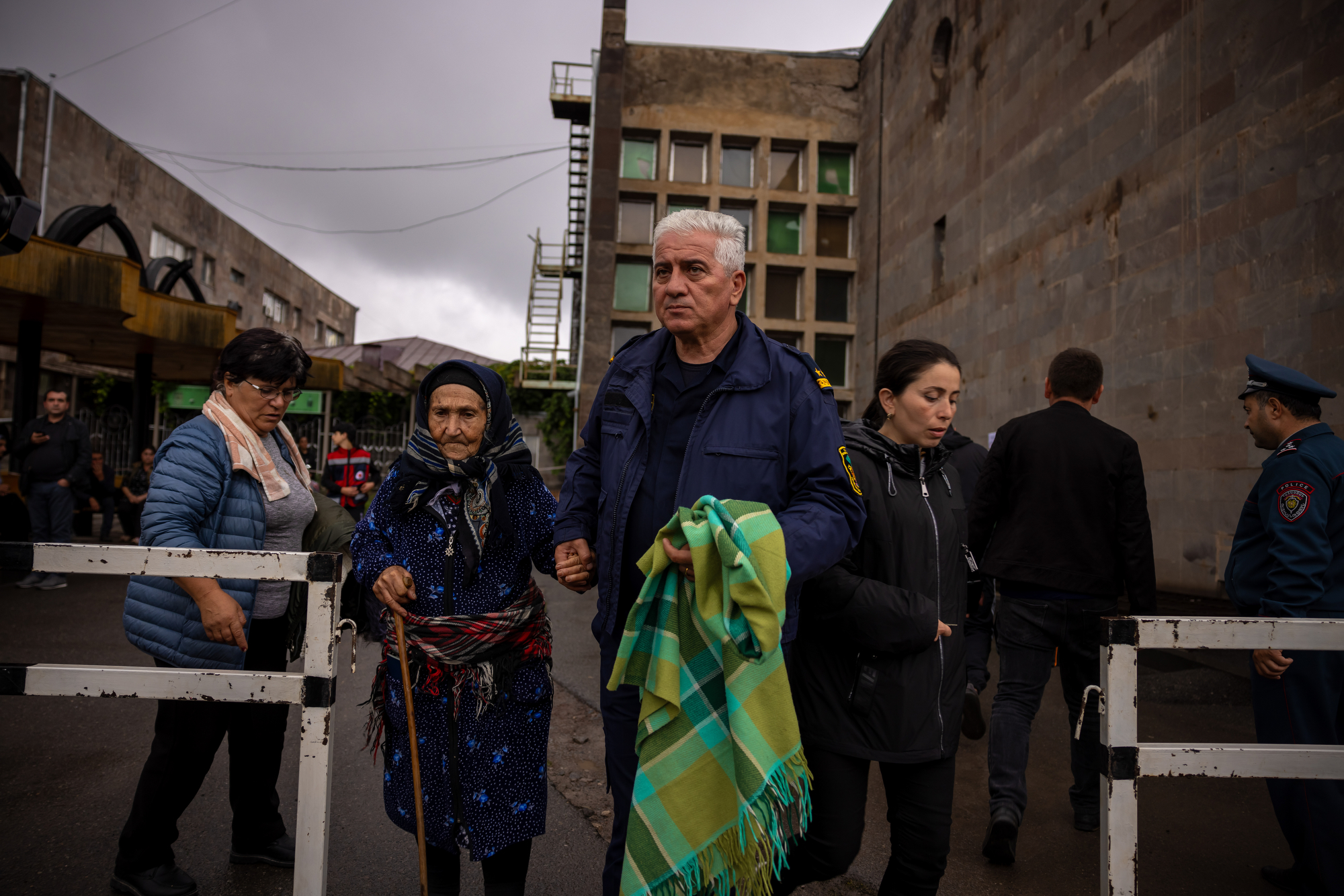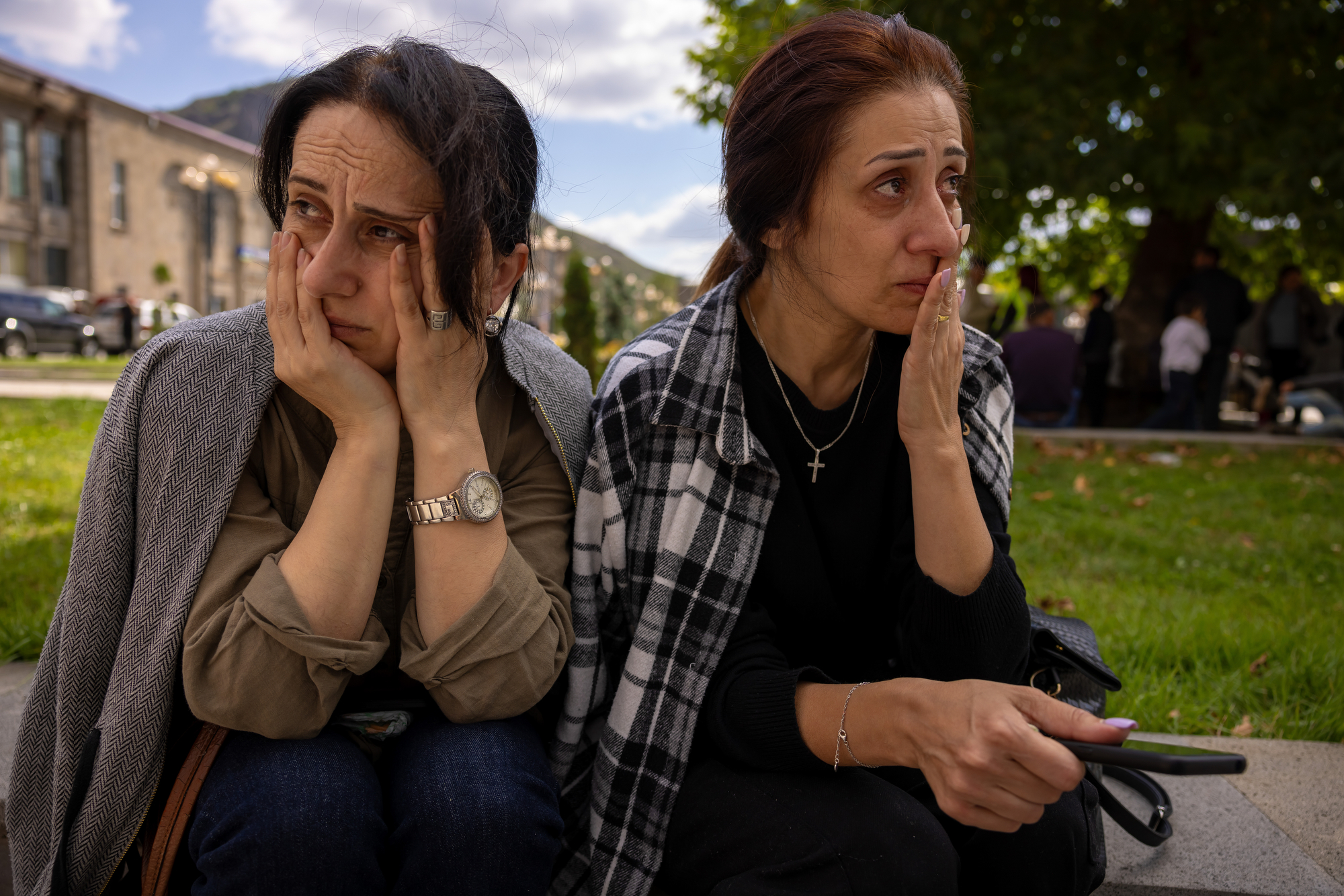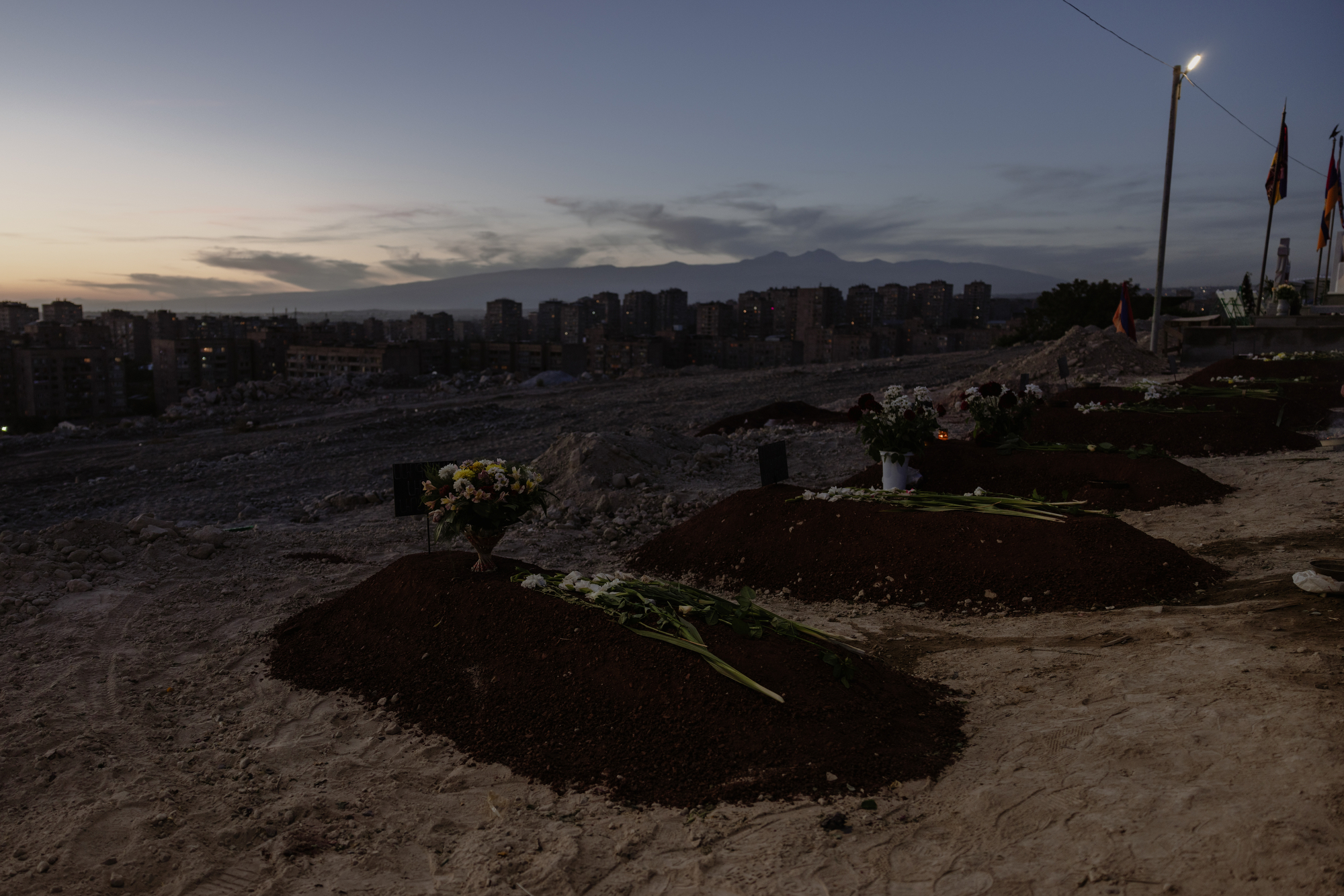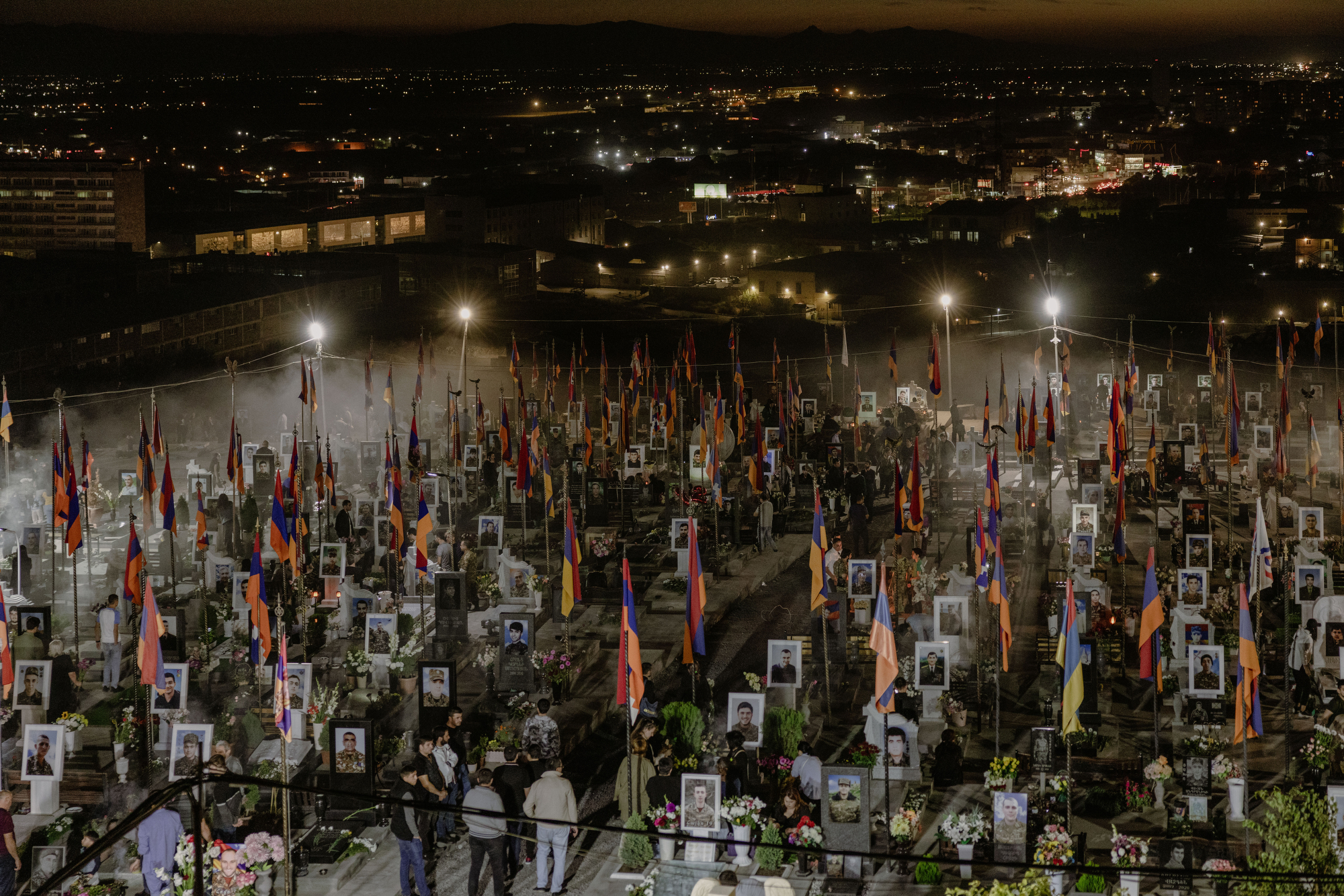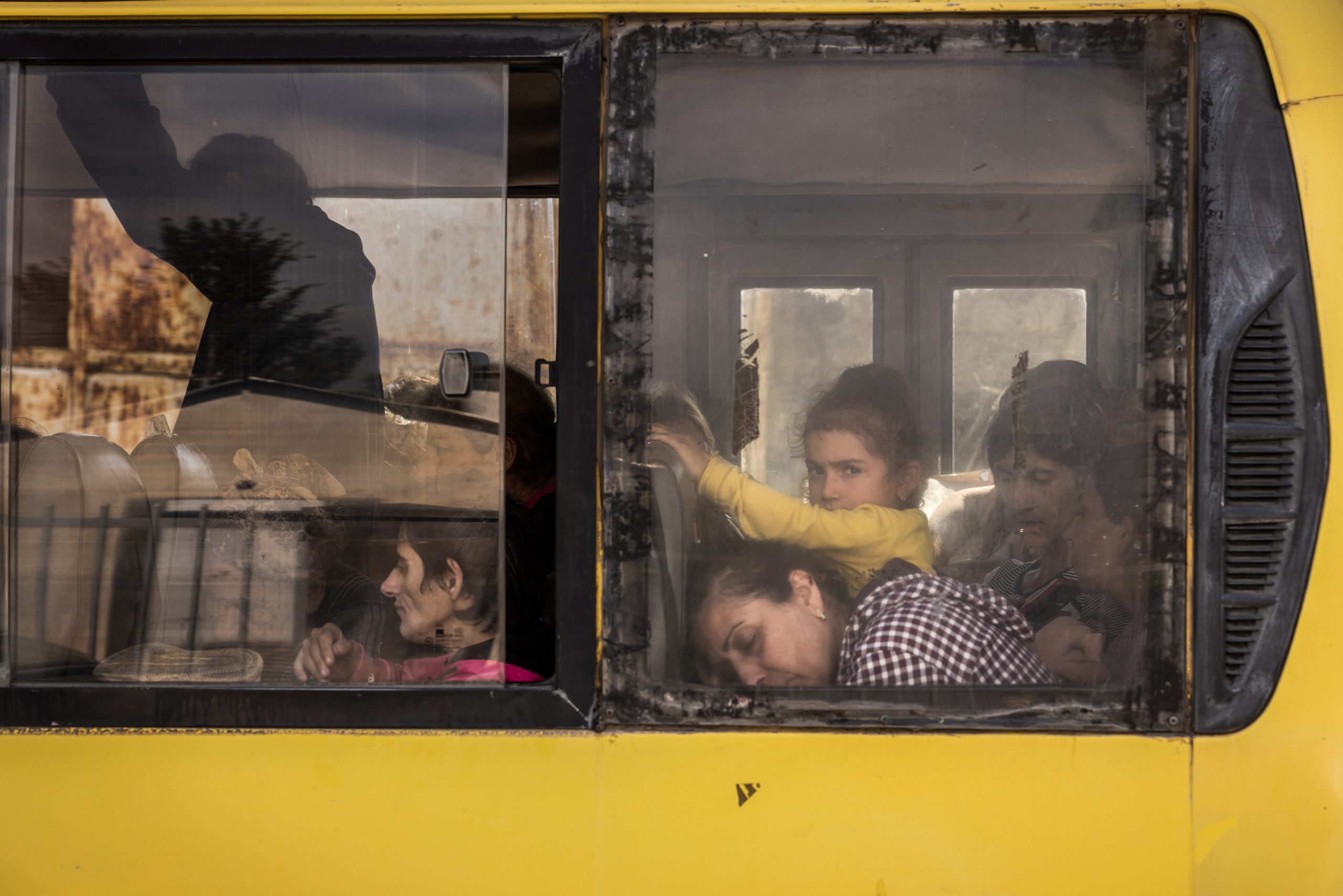
On September 24th, 2023, an egregious event transpired, resulting in the forceful displacement of over 100,000 individuals from their residences in Nagorno-Karabakh. This mass exodus, encompassing men, women, children, and the elderly, portrayed a recurring narrative of displacement experienced by many of the affected populace, who found themselves abruptly uprooted from their habitual dwellings in towns and villages situated approximately to the military contact lines.
Following an extended period of over 9 months living under a blockade, a pivotal moment unfolded on September 19th at approximately 13:00, when Azerbaijan initiated a renewed military offensive with the objective of reclaiming the remnants of Nagorno-Karabakh. The repercussions of this offensive permeated the atmosphere in the capital city of Yerevan, where a plethora of emotions, including but not limited to anger, frustration, helplessness, and sadness, converged. This emotive maelstrom manifested itself in the form of widespread demonstrations, civil disobedience, and altercations with law enforcement agencies throughout the urban landscape.
On September 24th, a mere 5 days subsequent to Azerbaijan’s military offensive against Nagorno-Karabakh, the displacement crisis reached its zenith. The affected population embarked on a journey, commencing with traversing the Lachin corridor into Armenia, colloquially designated as a humanitarian corridor or “lifeline.” The arduous journey unfolded over a span of up to 4 days for some people, characterized by inhospitable weather conditions encompassing cold, rain, and wind. The displaced individuals encountered challenges such as scarcity of sustenance and potable water, exacerbated by restricted or negligible communication with those engaged in frontline combat or those affected by the gas explosion incident beyond the confines of the capital city of Stepanakert.
